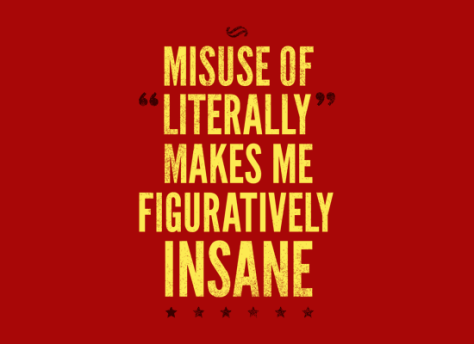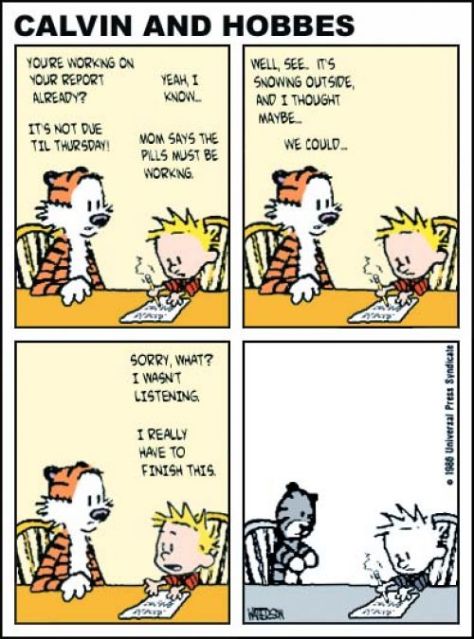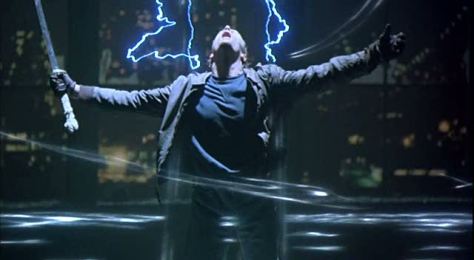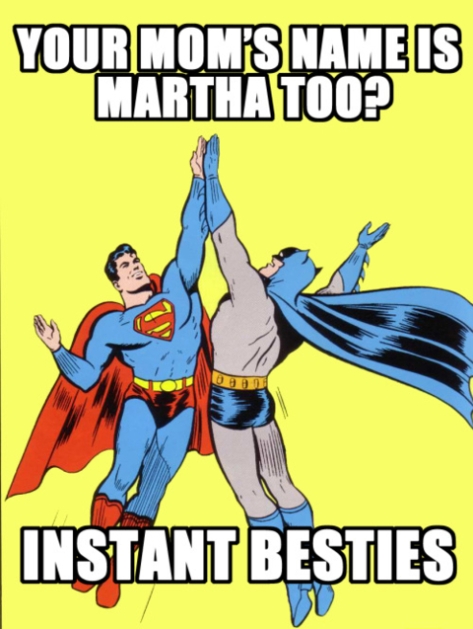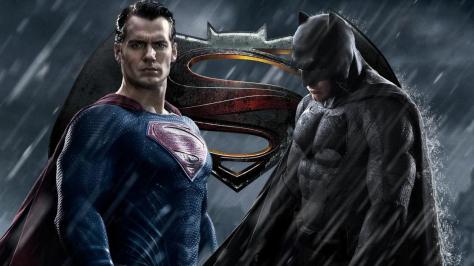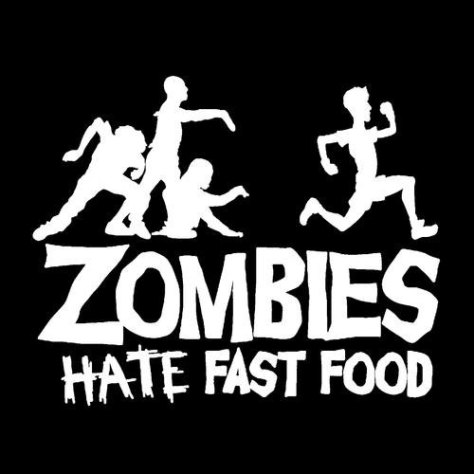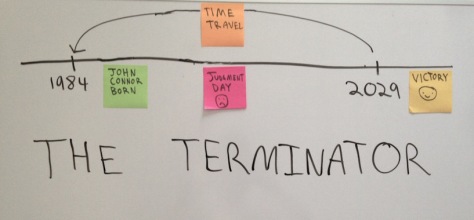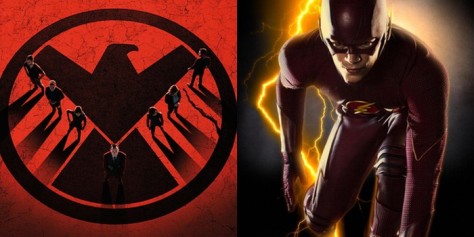
On several websites, several forums, and whatnot, I have seen people, who have watched both “The Flash” and “Agents of S.H.I.E.L.D.”, have a fit over how similar the characters Caitlin Snow and Cisco Ramon (“The Flash”) are to the characters Joe Fitz and Jemma Simmons (“Agents of S.H.I.E.L.D.”). I do not blame them for thinking so. In both cases we’re talking about a duo of scientists, who assist the heroes, who are there to come up with the gadgets and/or cures that are needed for whatever plot device happens to be causing trouble, and so forth. Many would even go so far as to say that Caitlin and Cisco are DC’s version of Marvel’s Fitz and Simmons characters. Which, again, I can’t blame anyone for thinking that, since Marvel and DC are known to rip each other off.
I don’t know if people are still discussing this, but I’m going to (as they say) throw my hat into the ring, and say that Caitlin and Cisco are NOT rip-offs of Fitz and Simmons.
Now I know what you’re thinking: how can they not be rip-offs? The first season of “Agents of S.H.I.E.L.D.” was broadcast before the first season of “The Flash”, and the producers behind “The Flash” saw how popular they were, so they wanted to create their own version. You might be right, except that season two of “Arrow” (the show that “The Flash” spun off from) was broadcast at the same time as “Agents of S.H.I.E.L.D.” And while both were being broadcast, production on the next season had already started. Not to mention that while they were producing the third season of “Arrow”, those same people had also started producing the first season of “The Flash”. On top of that, Caitlin and Cisco did make an appearance during the second season of “Arrow”. In other words, they were too busy working on two shows at once, and even building up the second show during the first one, it would be a little tricky to shoe-horn two characters into the show at the last second, just because some other show did it.
And personally, I can’t believe that they are shoe-horned in. Let’s take a look at the Fitz and Simmons duo, for instance. Throughout most of the show, the two are often referred to as Fitzsimmons. Why? At a guess it’s because they work so well together, and are always seen together, they might as well refer to the two as though they were one entity. And seeing as how Fitzsimmons is an existing name, I wouldn’t be surprised if they were originally meant to be one entity, they just got split into two at the last second. No idea why they would do that, though. Maybe somebody realized that realistically no one individual could have as much knowledge about science as these two do. Though why they bother with being realistic with a world in which Tony Stark and Bruce Banner exist escapes me. But even when it comes to knowledge, they don’t seem to be very consistent about it. Fitz is the tech-guy, while Simmons is the biologist, and yet there have been times when Fitz has knowledge about biology that he shouldn’t have, or when Simmons has knowledge about physics that she shouldn’t have. It’s like the dialog was originally written for one character, but since the one character is now split into two, they need to change a few names in the script, but whoever did the changing got a little confused as to who is who. Need further proof of this? There have been episodes that center around the one or the other character, but while the one is in the spotlight, the other seems to disappear into the background. It’s almost like one of the two is redundant. It changed a little toward the end of the first season, but even then, given what happened to Fitz toward the end of the same season, it seems to me that this wasn’t done for drama, but it was done because the writers didn’t know what to do with him, so they had to write him out. If he’s still in the show after season one (I haven’t seen the rest yet, so I can’t know), and as an active member of the cast (being in a coma or something along those lines does not count), that can easily be because some of the higher-ups pressured the makers of “Agents of S.H.I.E.L.D.” It wouldn’t be the first time that happened, that they wanted to write a character out of the show, but then got pressured into keeping him/her in because of his/her popularity.
On to Caitlin and Cisco, they seemed a bit more natural. Each character knows exactly what you expect them to know, even have to constantly remind others that the biologist does not know enough about physics and vice-versa. They each have their own history, focus on the one does not make the other disappear,… basically, it actually feels like the two were written as two characters, which is more than can be said about Fitzsimmons. Also, I don’t think these two were meant to be a duo. Rather, along with Barry Allen (aka the Flash) they were supposed to be trio, not unlike Harry Potter who has Ron and Hermione, or Clark Kent who has Pete and Chloe, or John Connor who has his mother and the Terminator, and many more.
I’ll even go one step further. I recently started watching a version of “The Flash” that was broadcast in 1990. The show is about how Barry Allen became the Flash (obviously), and how he’s helped by a scientist from S.T.A.R. Labs to fight crime. And seeing as Barry Allen is a forensic scientist working for the local police force, he also has a lab assistant. In other words, this Flash has two scientists backing him up as well. Worthy to note is also that John Wesley Shipp, who portrayed Barry Allen in the 90s show, is now portraying Barry Allen’s father in the current show. It’s like whoever is working on the current show is actually trying to remake the 90s show.
So if anyone wants to believe Caitlin and Cisco to be rip-offs, they might be, but not of Fitz and Simmons, but of these other two characters from the 90s. In fact, if you want to believe the one is a rip-off of the other, simply because the one or the other did it first, then you might want to consider Fitzsimmons to be the rip-off, because “The Flash” (1990) did it first.
